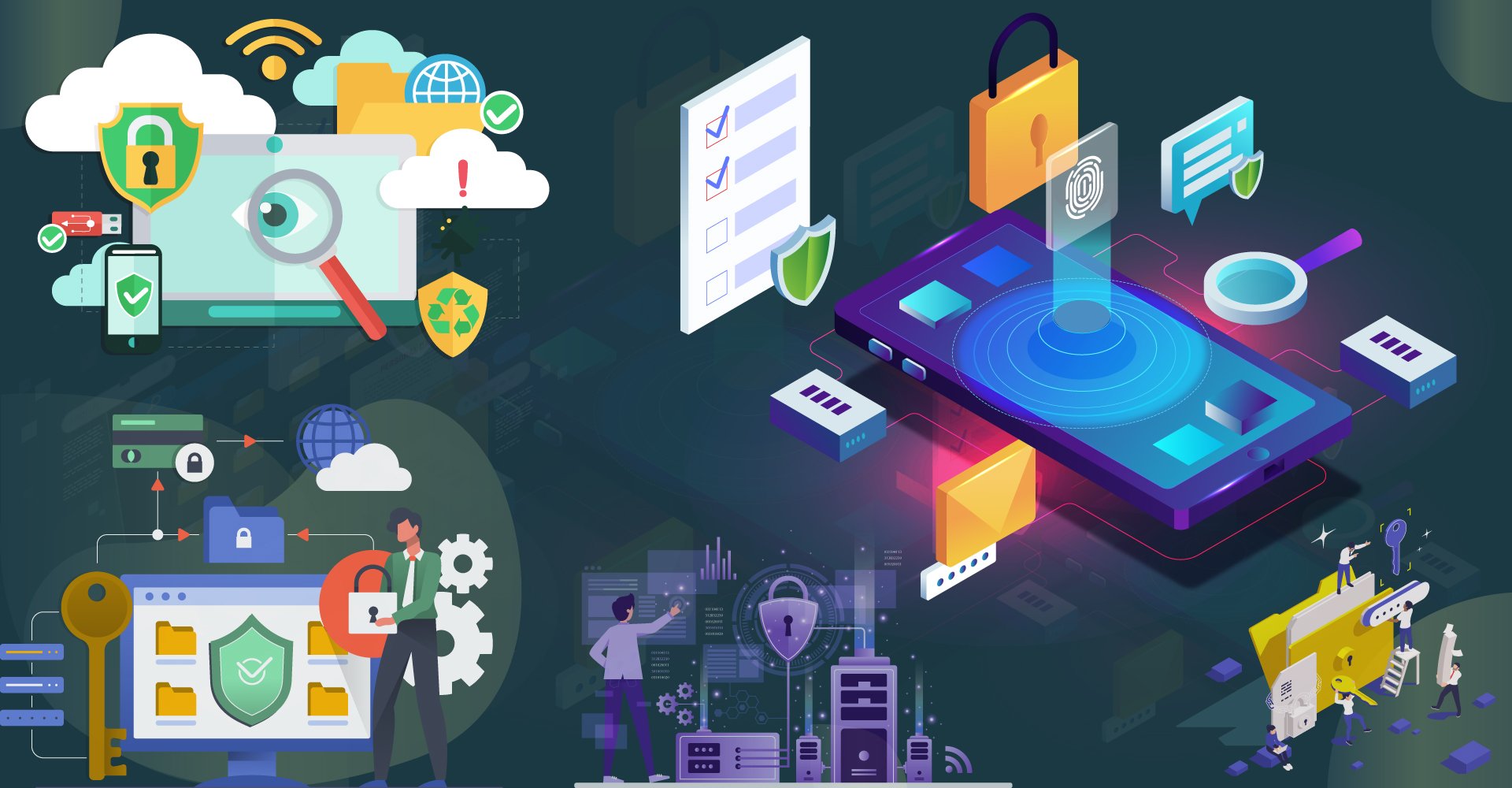Data Access Controls: 6 Strategies to Implement to Boost Data Privacy

Table of Contents
The world of data privacy is in constant flux, facing new challenges as technologies advance and cyber threats grow more sophisticated. Today's data privacy professionals grapple with increasing data breaches and the complexity of safeguarding diverse types of sensitive information.
Data access control is a critical strategy to combat these issues effectively. It's about actively managing who has access to specific data and under what conditions, dramatically reducing the risks of data breaches and unauthorized data exposure.
What is Data Access Control?
Data access control is a security implementation protocol that helps organizations restrict access to critical data based on permission layers. It works by verifying user identity and granting them access to data that their permission allows. Implementing data access control policies assists organizations in keeping personally identifiable information (PII), intellectual property, and other confidential information from reaching the wrong hands.
Strategies for Applying Data Access Control
Let's explore some ways to protect data privacy via targeted data control protocols.
1. Implementing Layered Access Control Systems
We've divided this approach into three subtasks. The first step is to define clear data access hierarchies that align with each employee's job role. Ensure that every team member access only the information necessary for their specific role, significantly reducing the risk of data leaks. Regularly review and adjust these access levels to keep pace with any changes in roles or responsibilities, maintaining tight control over data access.
Second, we recommend developing a clear protocol for managing access rights. Set firm guidelines and implement automated data access controls that grant access, conduct frequent reviews to ensure ongoing relevance, and revoke access promptly when it's no longer necessary. This process maintains secure data access and adapts swiftly to staff roles or organizational structure changes, keeping your data protection agile and responsive.
The third step is integrating real-time monitoring to monitor who accesses data and when. This system immediately flags any unusual access patterns or potential breaches, enabling fast action against possible security threats. Such continuous oversight is essential in today’s fast-paced data environment, ensuring that your data remains secure against evolving threats.
2. Deploying Advanced User Authentication
Stepping up your security game by implementing multi-factor authentication (MFA) with cutting-edge technologies like one-time passwords (OTPs) and security tokens adds a vital layer of defense by requiring multiple forms of verification, making unauthorized access considerably more challenging. Regularly update and refine your MFA methods to stay ahead of potential security breaches, ensuring your data remains safeguarded.
Incorporate biometric verification methods such as fingerprint and facial recognition for accessing highly sensitive data. These methods add a personalized security layer, as biometric data are unique to each individual and extremely difficult to replicate. This step significantly elevates your data protection, particularly for your most sensitive information.
Leverage AI-based behavioral analytics to monitor and learn standard access patterns within your system. This technology is key for detecting any deviations that could signal a breach, allowing for prompt and proactive responses to potential threats. Continuously refining these analytics enhances your security, adapting to new patterns and emerging risks.
3. Advanced Encryption Techniques
Another step is securing your data, whether at rest or in transit, by applying AES and RSA encryption. These encryption methods are renowned for their robustness, with AES ideal for stored data and RSA for transferring data. Regularly review and update your encryption protocols to ensure they remain unbreachable, keeping your data secure in all states.
Implement end-to-end encryption in all your communication channels. This ensures that data stays encrypted from when it leaves the sender until it reaches the intended recipient. Such encryption is vital in protecting the integrity and confidentiality of your data as it moves through various networks.
Automate your encryption key management and establish a routine for rotating these keys. Regularly changing encryption keys minimizes the risk of them being compromised, which is essential for preventing unauthorized data decryption. This ongoing management is critical in maintaining a robust defense against data breaches.
4. AI Integration for Predictive Privacy Protection
Utilizing machine learning algorithms for predictive threat analysis enables you to anticipate potential security breaches before they occur. Continuously feeding new data into these algorithms enhances their predictive capabilities, allowing them to adapt to evolving threats and keep your data security one step ahead.
Implement AI-driven tools to automate compliance checks, ensuring your data management practices align with the latest privacy regulations. This automation streamlines the process and reduces the risk of human error. Keeping your systems in line with regulatory standards is essential in maintaining trust and integrity in your data management.
5. Blockchain in Privacy Management
Implementing decentralized data storage using blockchain technology distributes your data across multiple nodes, significantly reducing the risk of a single point of failure. Decentralized storage enhances data security and increases resilience against attacks and technical failures.
Use blockchain to create tamper-proof audit trails. This technology ensures that every transaction and data access is permanently recorded and immutable. Such transparency is invaluable in tracing any unauthorized access or modifications, bolstering your accountability and data integrity.
Integrate smart contracts into your data management systems for automating data access and consent management. These contracts execute predefined rules automatically, ensuring that data access follows established protocols and consent requirements. The automation greatly reduces manual oversight and enhances the efficiency and reliability of your data management processes.
6. Ethical Framework for Data Accessibility
Establishing data minimization protocols to limit the amount of data you collect and store reduces your data management burden. It minimizes the risk of exposure in the event of a breach. Regularly review your data collection practices to ensure you only retain what's necessary for your operations.
Create clear guidelines for ethical data sharing and managing third-party access. These guidelines should dictate how and when data can be shared, ensuring all parties adhere to the same high privacy and security standards. Regular training and updates for your team on these guidelines are essential to maintain awareness and compliance.
Strike a balance between user consent and the utility of the data you collect. Make your data practices transparent, allowing users to understand how their data is being used and giving them control over it. This balance respects user privacy while fostering trust between your organization and its users.
Conclusion
The ever-changing data privacy landscape demands adaptive, multi-layered strategies for effective protection. Implementing these varied approaches — from controlled access and advanced encryption to AI integration and blockchain — creates a robust defense against evolving threats, ensuring your data remains secure.
Stay vigilant and forward-thinking, anticipating shifts in data privacy norms and emerging technologies. Keeping up with these trends will allow you to adjust your strategies accordingly, ensuring your organization remains at the forefront of data privacy practices.
Finally, invest in ongoing professional development and learning opportunities in the field of data privacy. This commitment to education will keep your team informed and skilled in handling new challenges maintaining the integrity and security of your data in an increasingly digital world.

Osman Husain
Osman is the content lead at Enzuzo. He has a background in data privacy management via a two-year role at ExpressVPN and extensive freelance work with cybersecurity and blockchain companies. Osman also holds an MBA from the Toronto Metropolitan University.